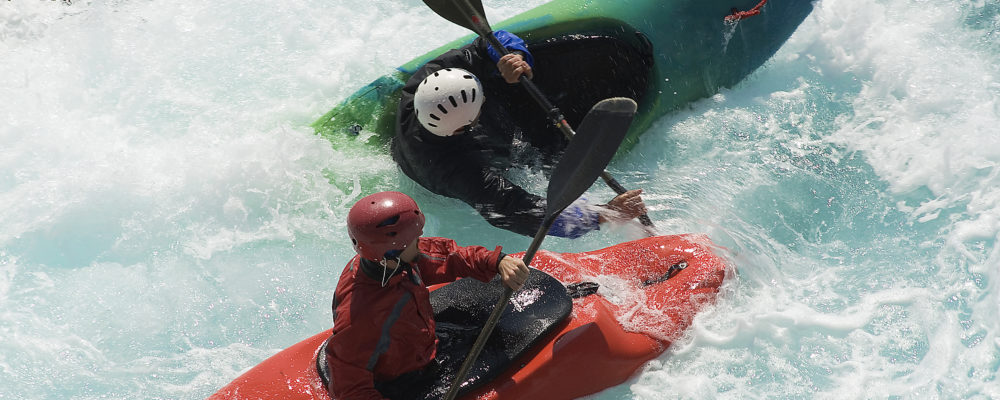
Other venues: Alternative nonrestrictive locations that do not require a membership/entry fee. This includes private areas such as home based activities including common areas in courtyards, buildings or condominiums; workplace or public sites such as public parks and cycling roads.
Mainly to alternative unrestrictive locations that do not require a membership/entry fee:
Private areas
Public locations (non-regulated)
Contribution
International endorsement
Council of Europe- European sport charter (2001):
Sport can bring positive effects on human beings in personal and social development through creative activities.
Tafisa:
Traditional Sport games and new Sport should actively be recognized and promoted as an excellent tool to tackle many challenges of today.
Importance of personal trainers
The pleasure and benefits of walking
Security measures
Whether a participant has a walk in a nearby forest or a cycle ride in town, some measures should be adopted:
Sport at home
Sport in the Workplace (135)
Other tips
Every table can be a table tennis table
(ITTF Foundation)
More information:
Project web page. Click Here